Average cyclist speed depending on various factors
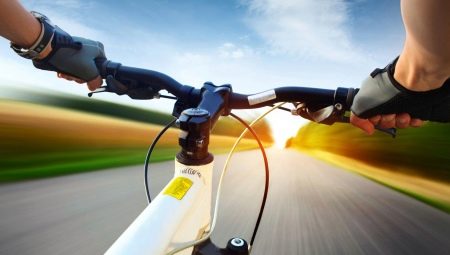
Recently, the concept of a healthy lifestyle has become quite relevant, in connection with which many people begin to actively engage in sports. The bicycle is one of the most affordable and effective ways to maintain good physical condition, and therefore its popularity is steadily increasing.
Once they start training, many novice cyclists become interested in the speed values of the bike in certain conditions. Therefore, information on the factors affecting the speed regime does not lose its relevance and may interest not only beginners, but also experienced athletes.
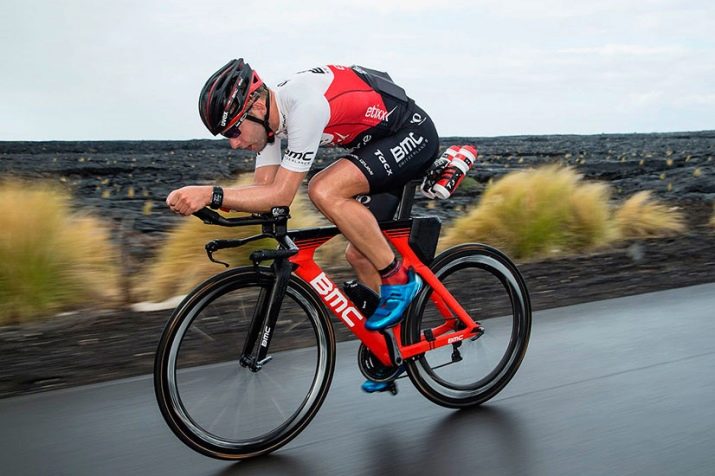
Relationship between cyclist training and speed
One of the determining factors that have the most direct impact on vehicle speed is the biker's fitness level and endurance limit. So, when overcoming average distances not exceeding 10 km, an amateur cyclist with an average level of training is able to reach speeds of up to 18 km / h. Children from 12 to 14 years old can also move at about the same speed. However, it is very difficult to maintain this mode throughout the entire route.
A poorly prepared person is able to drive at the same speed only in the complete absence of cross and head wind and in conditions of an absolutely flat road.

Well-trained cyclists who have been cycling for more than one year are able to accelerate to 22-25 km / h and maintain this speed throughout the entire distance... As for the most experienced bikers, behind whom there are more than one thousand kilometers left, they can reach speeds of up to 30 km / h. And moving in this mode, these people are able to cover distances of up to 100 km without stopping... However, only experienced cyclists can travel such distances, and the average cyclist who rides several times a week is limited to shorter distances and is unable to travel such a distance at high speed.

Professional athletes are able to reach much higher speeds, striking the imagination of the layman and delighting the fans. So, in 1984, a speed record of 51.151 km / h was set on a track in Mexico City, Mexico. Its author was an athlete from Italy F. Moser, who later confessed to the use of doping drugs that were not prohibited at the time the record was set.
The maximum result of movement in a straight line is the speed of 41.654 km / h, developed by the American cyclist L. Armstrong in 2005 at the Tour de France international cycling race. The record was set on a road bike, and on descents the speed exceeded 90 km / h.
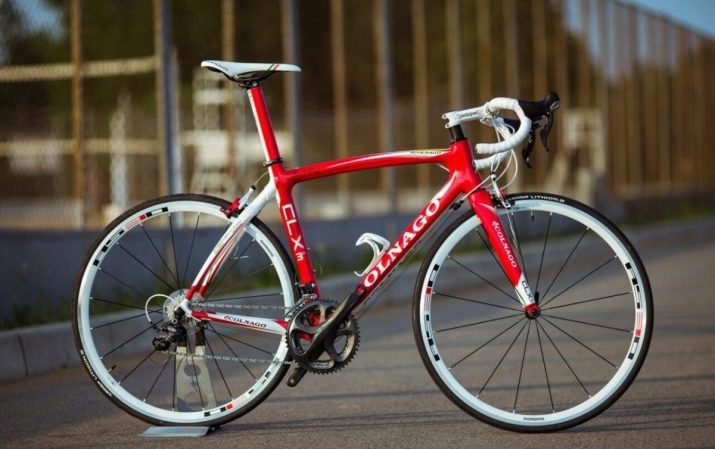
By the way, the Frenchman E. Baron set the record when descending the mountain on a mountain bike, his speed was 222 km / h. The place of its establishment was a run-in ice track located in a ski resort in the French Alps.
The athlete was dressed in a special aerodynamic spacesuit and rode a reinforced bike. When descending on a gravel surface, which was the slope of the Nicaraguan Sierra Negro volcano, the same athlete set another speed record, but for dry descents, which was 210.4 km / h.
Unfortunately, this "trick" was not without injuries: literally 400 m after the start, the bicycle frame was literally torn in half due to extreme loads, while the athlete himself escaped with a fracture of the hip, dislocation of the neck and numerous bruises. The Baron was saved by a protective suit and helmet, which took the most dangerous blows.
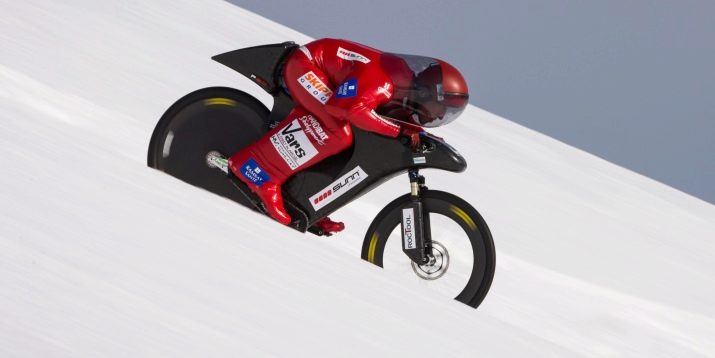
Of the unusual records that have nothing to do with traditional cycling, it should be noted achievement of the 26-year-old Dutchman S. Bowyer, who covered the 200-meter distance at a speed of 133.78 km / h. The experiment was carried out with the participation of students from the Universities of Delft and Amsterdam, who designed and installed a lightweight aerodynamic fairing made of carbon fibers on the bike.
The design of the bicycle was also unusual: the pedals were located in front, and the athlete himself practically lay on his back during movement. The record was set in 2013 and has not been broken to date.

However, the most unusual speed record is considered a record set under artificial conditions, namely in an air bag. The experiment was carried out on the site of a dried-up salt lake in American Utah in 1995, and the Dutch cyclist F. Rompelberg was its participant. A racing car was launched in front of the athlete, which took on the resistance of oncoming streams.
At the same time, the cyclist was in the so-called air bag, which helped him accelerate the bike to 268.83 km / h. The record is also valid and has not yet been broken.
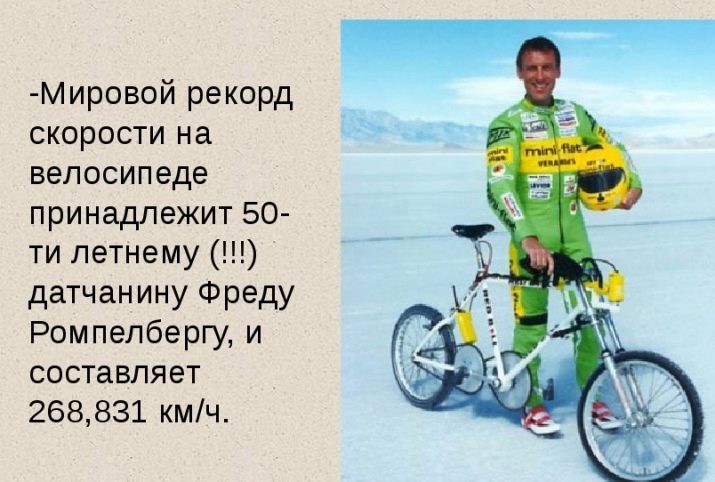
Influence of the type of bike
In addition to the level of physical fitness of the cyclist, the speed of the bike is greatly influenced by its appearance. There are currently 4 main types of bicycles, each with its own maximum travel speed.
Road
Models of this type are intended for driving on city roads or country highways with an even surface. Switching speeds to them is not provided, which is why it is almost impossible to develop a decent speed on such a bike. Even under ideal external conditions and on an absolutely flat road, it is impossible to accelerate on them faster than 13-15 km / h.
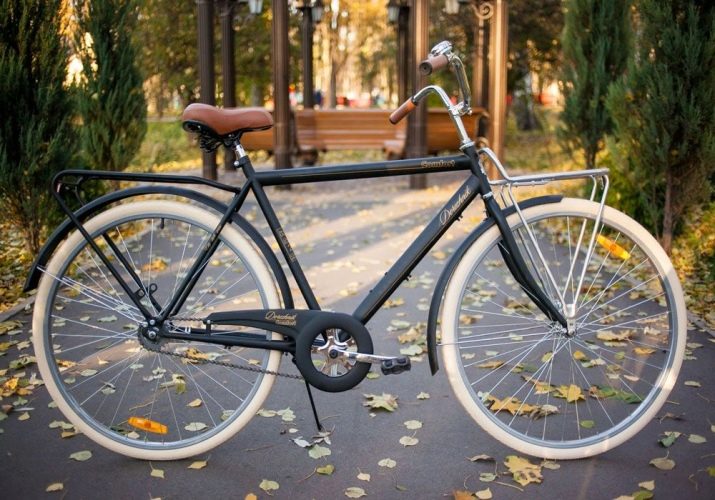
Urban (walking)
Compared to road bikes, these bikes are more functional. They are often equipped with a gearshift system and are capable of speeds up to 17 km / h in urban conditions and up to 20 km / h on the highway. In addition to the gearshift option, urban models are lightweight and have good maneuverability. All this has a positive effect on the convenience of driving the bike and allows you to quickly accelerate.

Highway
Such models are simply built for high speeds and are designed with aerodynamics in mind. As the name of the vehicle suggests, these sports bikes are exclusively for the highway, which are capable of speeds of about 33 km / h. However, on other surfaces, such as rolling snow or fallen leaves, road bikes perform worse than other types of bikes. On rough terrain or in moderate off-road conditions, their speed does not exceed 5-8 km / h, which is due to the peculiarities of their design and too small thickness of tires.

It is impossible to accelerate more in such cases, because when trying to move faster, the front wheel of the road bike simply buries itself in the sand or goes to the side, and the cyclist often flies through the handlebars.
What's more, there is no cushioning at all on road models, so when driving on unpaved or gravel roads, all blows will go to the back and arms... The inability to develop a decent speed in off-road conditions is also explained by poor visibility due to the low steering position. In addition, it is impossible to stop urgently without a skid on such a bike - it has too thin tires and too shallow tread on them.
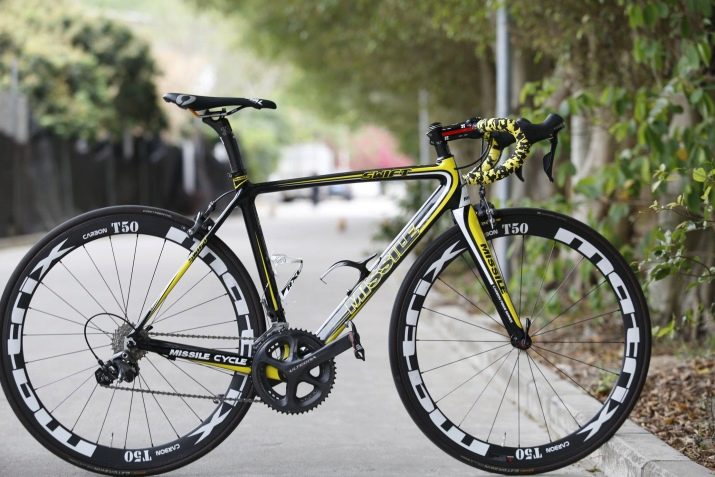
Mountain
This type of bike is considered more versatile in terms of speeds. and is able to move fairly quickly under any conditions. So, when driving on a flat highway on it, you can easily accelerate to 25 km / h, and when replacing tires with models designed for driving on asphalt, and at all - up to 28-29 km / h. When traveling over rough terrain, you can drive 10-15 km in an hour, while moving at a normal pace.
In general, mountain bikes are great for city riding due to their good speed characteristics, excellent grip of thick tires and excellent maneuverability. As for riding a mountain bike on forest roads, it will not work to develop a decent speed in such conditions, and the best you can count on is 15 km / h.
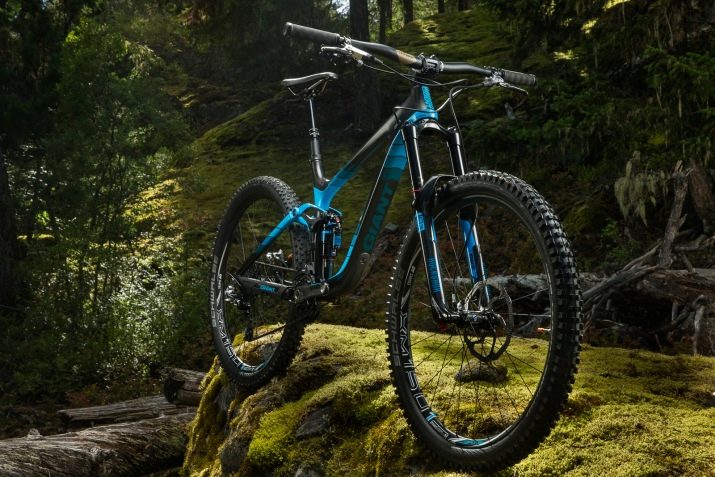
Mountain road model
This hybrid is a cross between a road and a mountain bike, capable of moving at a speed of 25-28 km / h on the highway and up to 10 km / h in off-road conditions.
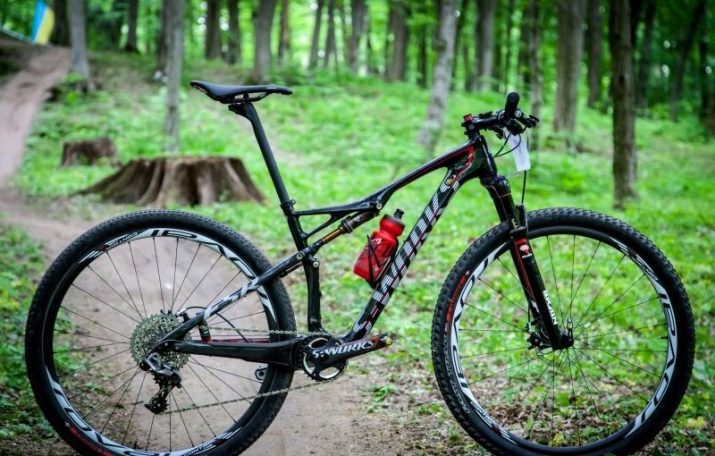
Other factors
In addition to the reasons discussed, the speed of the bike is influenced by several more important factors, the knowledge of which will help to achieve the fastest possible ride.
Frame
The influence of the frame on the speed of the bike is determined in large part by its weight. The lighter the construction, the higher speed qualities the bike shows. The lightest materials used to make bicycle frames are titanium and aluminum. Therefore, if you want to drive at high speeds, this factor must be taken into account.
You also need to pay attention to the number of attachments and their weight. If the goal is to maximize the speed of the bike, then accessories such as the footrest and fenders are best removed.
The overall hardness of the bike also has an impact on acceleration, and the softness of a single or double suspension bike can be difficult to accelerate and a general drop in average speed.
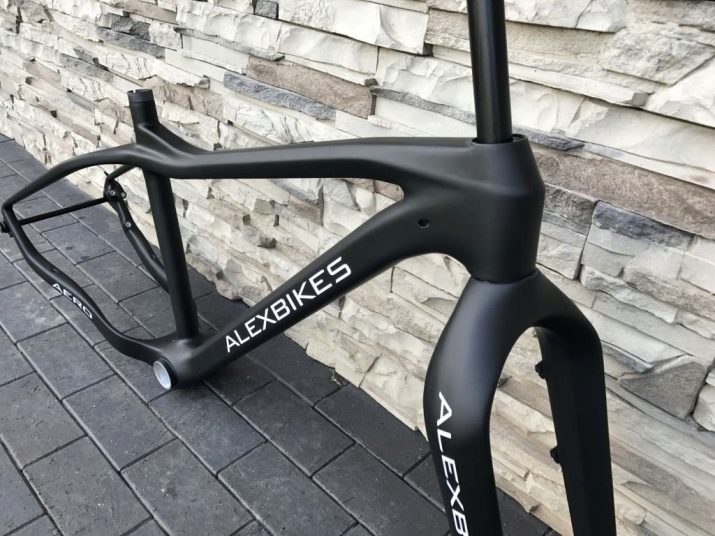
Cyclist landing
The designs of modern bicycles involve several types of rider's fit, depending on the bike model and its specialization.High ride riding is used on city bikes, touring (medium) on mountain bikes and racing (low) on road sports bikes.
The most successful, in terms of high speeds, is the low seating position., in which air resistance is significantly reduced, allowing the cyclist to move very quickly. However, on rough terrain, you cannot sit low, otherwise, after such a ride, your back will hurt, and your neck will get very tired.

Wheels
Active use of a bicycle requires regular maintenance of its wheels. This is especially true for fans of aggressive driving style, jumping over city curbs and overcoming long distances off-road. Such a ride is guaranteed to lead to the appearance of an "eight" on the wheel, which inevitably entails a loss of speed. This type of deformity is quite common and can be easily corrected by tightening the knitting needles.
In addition to the "eights", the diameter of the wheels also has a certain effect on the speed of the bicycle. So, bikes with large wheels have much better roll, much less rolling resistance.
In addition, on large wheels it is easier to overcome various obstacles, which ultimately also affects the final speed of the bike. The most "high-speed" is the wheel size 26 "-29".
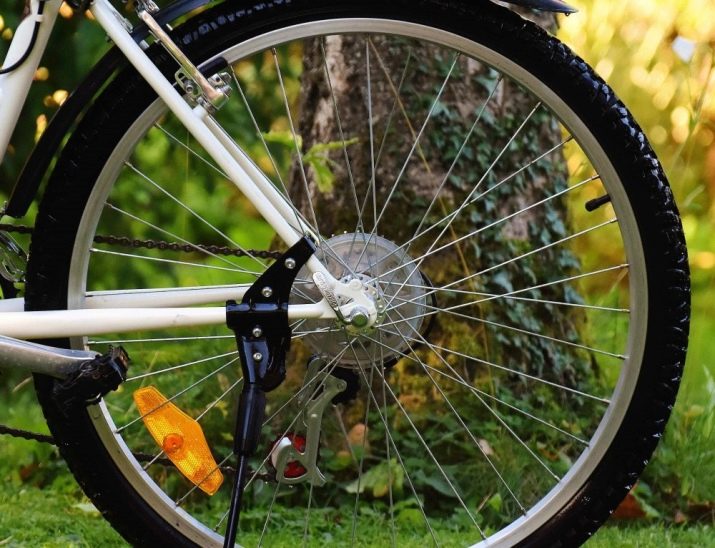
Tires
The quality and width of the tires also affect the speed of the bike. The best results are obtained on a slick tread, where too deep and aggressive tread will slow the bike down. As for the width of the tires, the smaller it is, the higher the speed of the bike and vice versa.
It is also necessary to take into account the pressure in the tires: for example, for a faster passage of the route, the wheels must be inflated to 6 atmospheres. However, this pressure is only suitable for flat asphalt roads, and on the off-road, on the contrary, you need to slightly bleed the air.
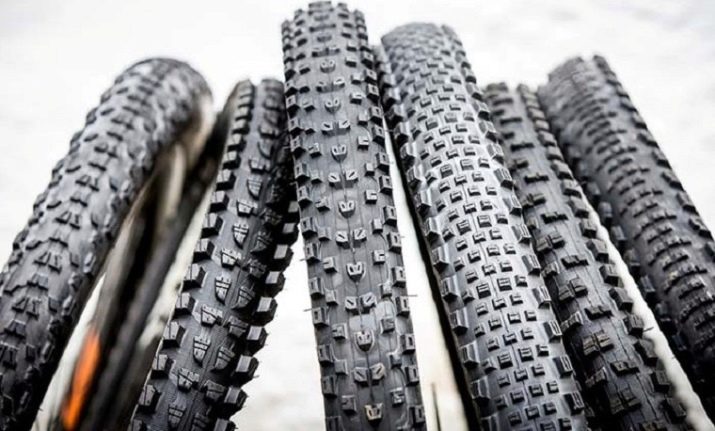
Weather
Crosswinds and headwinds have a big impact on the speed of the bike. So, with a strong wind in the face, it is unlikely that it will be possible to accelerate more than 15 km / h, but with a passing one in an hour you can easily overcome up to 30 km... Of course, we are talking about a flat asphalt road, since when driving on rough terrain, the speed will be at least 5 km / h less than the road speed. Bicycles with blades instead of spokes are particularly affected by crosswinds.
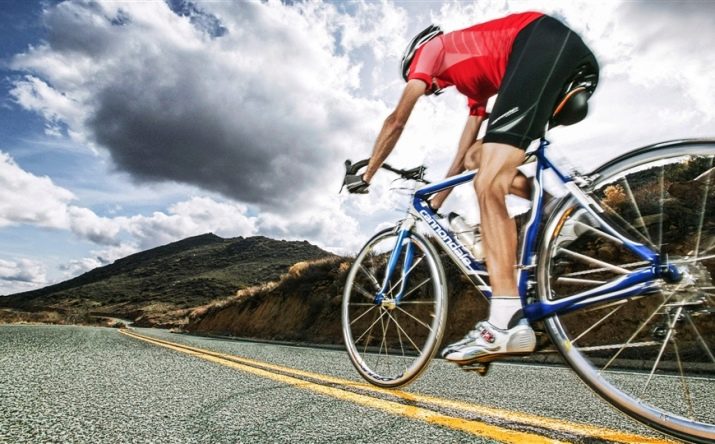
Cadence
The cadence is the number of revolutions per minute of the pedals. Ideally, it should be between 60 and 90 revolutions. This riding technique allows you to quickly accelerate the bike and maintain a high speed along the entire path. A common mistake for beginners is jerking, in which pedaling alternates with coasting. As a result, the bike's speed is noticeably reduced and the cyclist has to overcome the cadence threshold again and again in order to accelerate the bike.
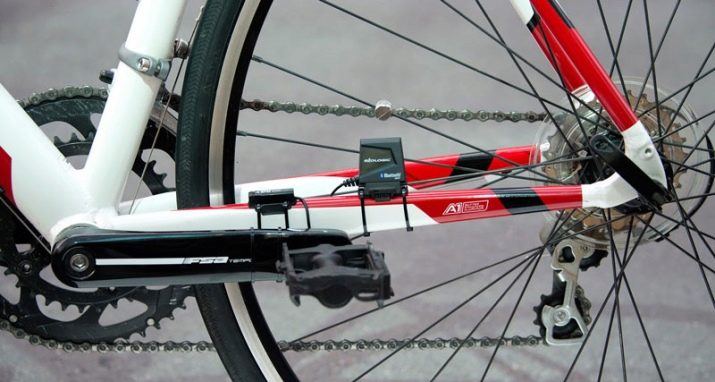
Friction of parts
Very often, it is not possible to achieve a high speed of movement due to excessive friction in the transmission units. It occurs due to heavy dirt on the chain and bearings and does not allow the bike to move as quickly as possible. To remove dirt, you need to use special detergents and do not forget about the lubrication of the cleaned units. By the way, according to experts, if there is a lack of lubrication, the bike can lose up to 15% of its speed.
It is also necessary to monitor the condition of the bushings and carriage and, if signs of the slightest wear appear, immediately replace them with new ones.
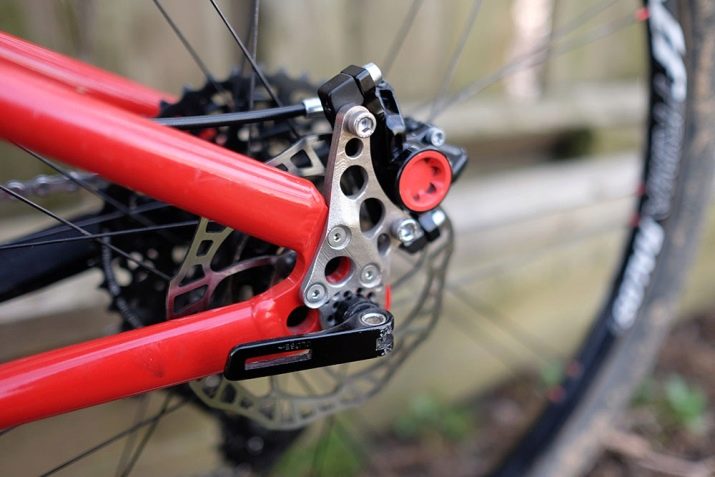
Terrain-dependent speed
In addition to the reasons discussed, the type of terrain on which it rides affects the speed of the bike. Below are the average values of the speeds when driving on urban, highway and dirt roads.
In the city
In most cities in our country, the cycling infrastructure is very bad (“bike paths” painted with paint right on the sidewalk do not count), and therefore cyclists have to move along highways in the general flow of cars. This significantly reduces the average speed of a cyclist, which is due to the presence of a large number of constraining factors - traffic lights, pedestrian crossings, intersections, curbs and vehicles. With these points in mind, the average speed of driving in the city varies from 10 to 17 km / h, depending on the traffic situation.
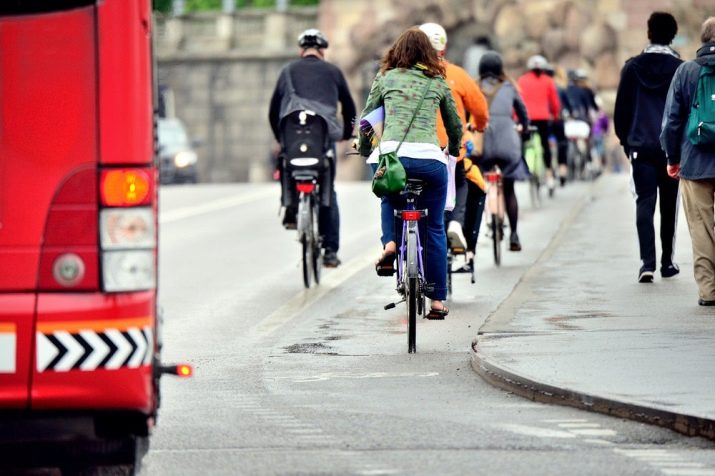
On the highway
In suburban conditions, the speed of a bicycle increases noticeably and depends on objective factors such as the quality of the highway surface and the type of bike. Road models can accelerate to 15 km / h, mountain - up to 25 km / h, road - up to 33 km / h. However, not all cyclists manage to maintain this speed throughout the entire journey, and most amateurs, even on smooth and high-quality tracks, move at a much lower speed.
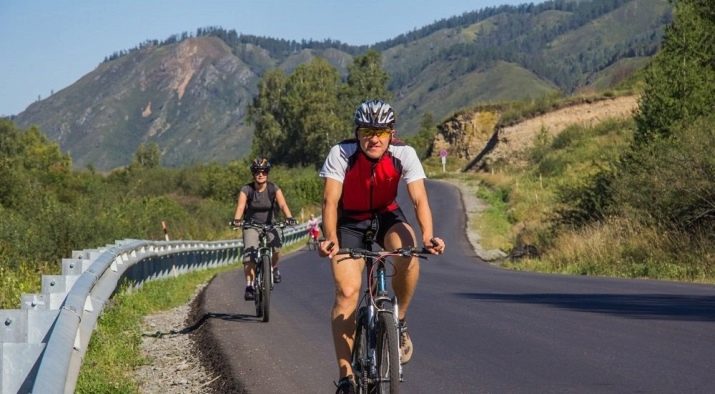
On a dirt road
Unpaved roads mean rough terrain, which can be characterized by the presence of ravines, off-road, steep descents and long ascents, therefore, it is impossible to give an unambiguous assessment of the bike's speed in such conditions. The speed mode can change every 100 meters and cannot be predicted, therefore, in this case, only averaged data can be given.
So, when driving on a relatively flat dumped dirt road, the speed of a mountain bike can reach 15 km / h, for a road bike it will be at least 5 km / h lower. When storming mountain passes, both mountain and road bicycles are capable of covering from 14 to 20 km in an hour.
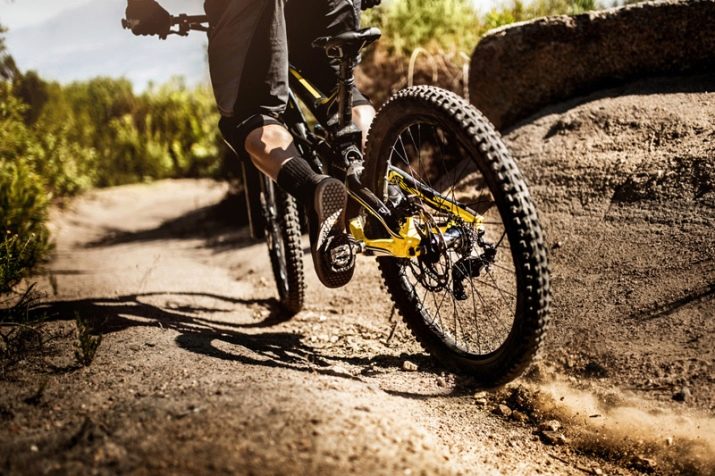
How to determine?
Currently, to determine the speed of a bicycle use compact bike computers, which replaced the large and goofy speedometers, which often lied and were very unreliable. Modern electronic models allow not only to clearly record the speed of movement, but also to memorize its maximum values, as well as calculate the average.
In addition, the device is able to display the total mileage, measure the distance from point A to point B, determine the cadence, take into account the cyclist's calorie consumption and show the travel time.
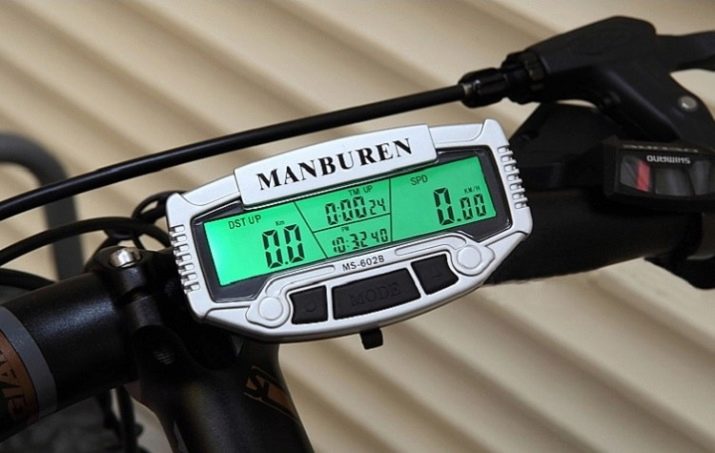
More advanced models have a built-in clock with a stopwatch, an alarm clock, an electronic thermometer and are capable of storing information about past trips. If there is no bike computer, then you can determine the average speed in the old proven way, dividing the distance by the travel time.
In the absence of good physical shape, it is not worth chasing high speeds. It is much more useful to stick to the average parameters and ride at a comfortable speed, getting the most out of the ride.
For the fastest bicycles, see below.








